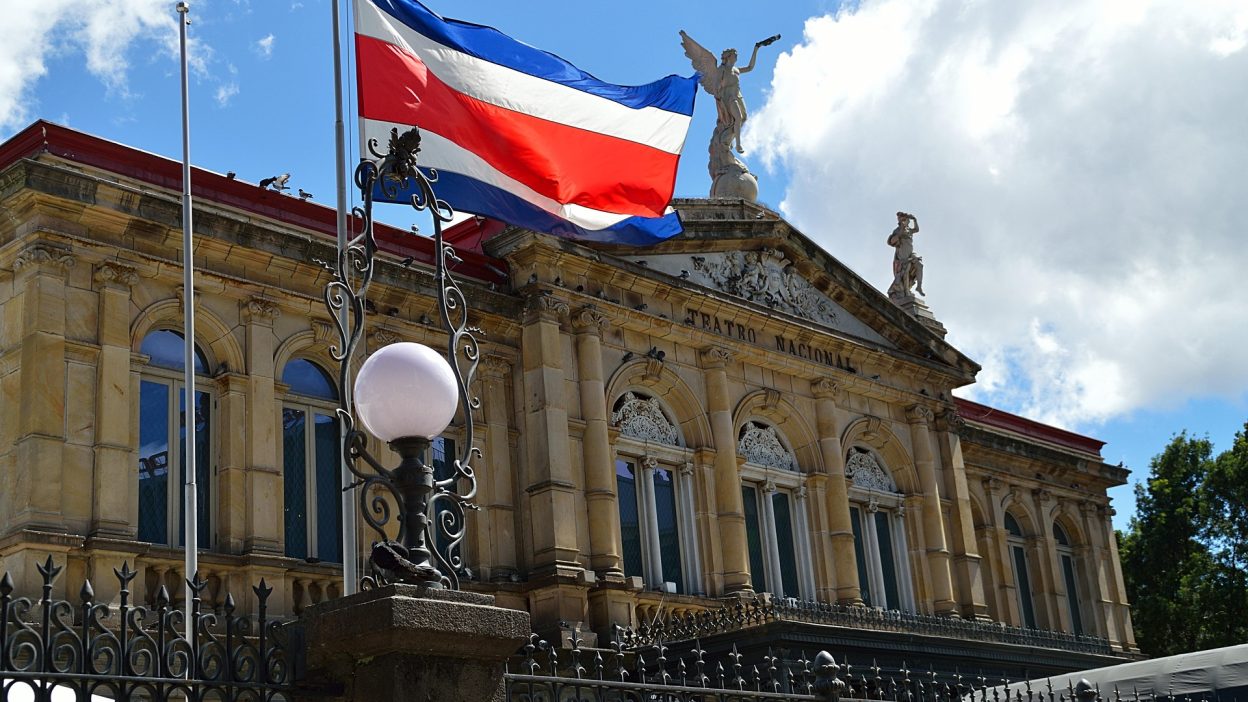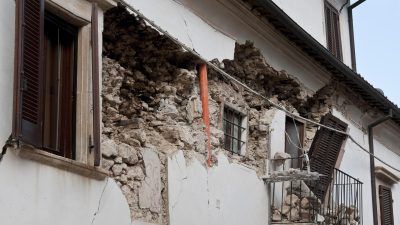The 1910 Earthquake That Exposed A Nation’s Fatal Flaws
On 4 May 1910, Costa Rica experienced one of its deadliest earthquakes, centred in Cartago. The disaster struck with devastating force, reducing the city to rubble in a matter of minutes. This catastrophic event led to over 700 deaths, leaving thousands injured and homeless.
The 1910 earthquake exposed the country’s fragile infrastructure, highlighting the lack of earthquake-resistant structures. Buildings collapsed instantly, crushing people beneath the debris. The aftermath was a nightmare of destruction, as survivors scrambled to rescue loved ones from beneath the ruins.
The 1910 Cartago Earthquake: A Tragedy That Could Have Been Prevented?
Before the earthquake, minor tremors were reportedly felt across the region. Yet, authorities failed to take these warnings seriously. There were no disaster preparedness measures, no evacuation plans, and no reinforcement of weak structures.
Experts believe that many lives could have been saved if early signs had been acknowledged. Unfortunately, back in 1910, Costa Rica lacked a proper seismic monitoring system, leaving people defenceless against nature’s fury.
Cartago’s Darkest Day: How the 1910 Earthquake Wiped Out an Entire City
- Buildings reduced to dust – The city’s weak colonial-style buildings crumbled instantly. Streets were blocked by rubble, making rescue efforts difficult.
- The Cathedral of Cartago destroyed – One of Costa Rica’s most historic landmarks was obliterated, symbolising the scale of destruction.
- A massive human toll – Over 700 people died, while thousands suffered life-threatening injuries, many trapped beneath collapsed buildings.
- Survivors left stranded – The earthquake left thousands homeless, forced to live in makeshift shelters without adequate supplies or aid.
- Medical crisis – The limited healthcare facilities in 1910 were overwhelmed. Injured survivors had to wait for treatment, leading to more deaths from untreated wounds.
Buried Under the Rubble: The Forgotten Victims of the 1910 Costa Rica Earthquake
- Entire families perished – The suddenness of the quake meant that entire households were wiped out, their names fading from history.
- Mass graves were dug in desperation – With an overwhelming number of dead, authorities were forced to dig mass graves to prevent the spread of disease.
- The unrecognised heroes – Many ordinary people risked their lives to rescue survivors, yet their bravery remains largely unrecorded in history.
A Nation’s Failure: Why the 1910 Costa Rica Earthquake Was More Devastating Than It Should Have Been
Costa Rica’s infrastructure in 1910 was not built to withstand seismic activity. Houses, government buildings, and places of worship crumbled instantly, crushing people inside.
Government authorities were unprepared and slow to respond. Relief efforts were chaotic, with limited resources and no emergency plan in place. The lack of reinforced structures and disaster response teams made the impact far worse than it should have been.
Had Costa Rica invested in stronger buildings and emergency preparedness, the death toll could have been significantly lower. Instead, the country paid the price for years of negligence and poor planning.
The Unheeded Warnings: Could the 1910 Earthquake Have Been Predicted?
Seismic activity had been reported for months leading up to the earthquake. Small tremors were felt in different parts of Costa Rica, yet authorities dismissed them as harmless.
Experts now believe that these were foreshocks, an early warning of the impending disaster. But in 1910, earthquake science was still in its infancy, and no monitoring systems existed to study these warning signs. Had proper monitoring been in place, lives could have been saved.
From Disaster to Blame: Who Was Held Responsible for the 1910 Cartago Earthquake?
- Government negligence – Officials were blamed for ignoring the risks of weak infrastructure and failing to implement safety measures.
- Architectural failures – Builders prioritised cheap materials over safety, leading to catastrophic collapses.
- Lack of emergency response – No earthquake preparedness plan was in place, delaying aid and worsening the crisis.
- Slow rebuilding efforts – The government faced criticism for its sluggish response in restoring Cartago, leaving survivors in hardship for years.
The Rebuilding of Cartago: From Ashes to a New Beginning
After the earthquake, Cartago was rebuilt with stronger structures, incorporating better engineering to withstand future quakes. The government introduced new building regulations, ensuring that history would not repeat itself.
The disaster forced Costa Rica to acknowledge its vulnerability to earthquakes, leading to long-term changes in how buildings were constructed. Although the scars of 1910 remained, the country emerged stronger and better prepared for future disasters.
Lessons from the Past: What the 1910 Costa Rica Earthquake Taught the World
The 1910 Cartago earthquake served as a grim reminder of the importance of disaster preparedness. It highlighted the need for strong infrastructure, better monitoring systems, and emergency response plans.
Despite advancements in earthquake science, many regions still fail to take warnings seriously. The tragedy of 1910 should serve as a lesson for modern societies to invest in earthquake resilience before disaster strikes again.
Conclusion: A Century Later—How Does Costa Rica Remember the 1910 Earthquake?
Today, the 1910 earthquake remains a defining moment in Costa Rica’s history. Cartago stands rebuilt, but the memories of that tragic day still haunt the nation. Monuments and memorials have been erected in honour of the victims, ensuring that the lessons of the past are never forgotten.
Although Costa Rica has made significant progress in earthquake preparedness, the threat remains. The 1910 disaster serves as a constant warning of what can happen when nature’s power is underestimated.
5 Short FAQs
1. What was the magnitude of the 1910 Costa Rica earthquake?
The estimated magnitude was 6.4, but weak buildings made the destruction far worse.
2. How many people died in the 1910 Cartago earthquake?
Over 700 people lost their lives, and thousands were left injured or homeless.
3. Why was the earthquake so deadly?
The lack of strong buildings, poor infrastructure, and absence of emergency preparedness increased casualties.
4. Did the Costa Rican government take action after the disaster?
Yes, but slowly. New building regulations were introduced, but many survivors suffered for years.
5. Could a similar earthquake happen again in Costa Rica?
Yes. Costa Rica lies in a seismically active zone, meaning another major earthquake is always a possibility.
References:
110 years of history, the biggest seismic disaster in Costa Rica
Carthage earthquake, May 4, 1910.
Lesson From Costa Rica Restaurant 1910: ‘Nature Must be Respected’
The Tregynon man who survived the worst earthquake in Costa Rican history




